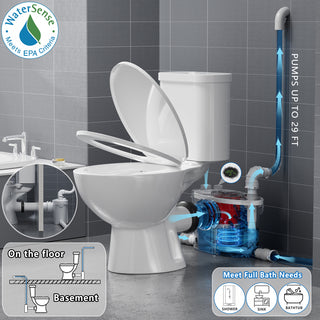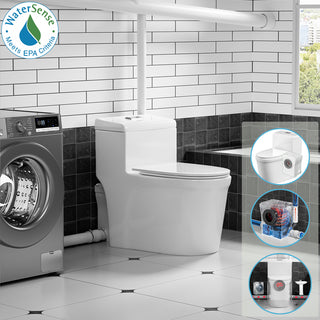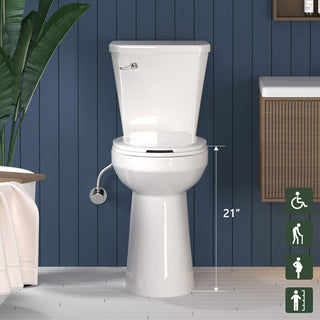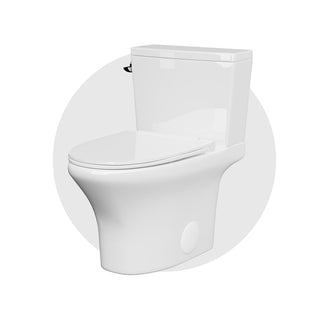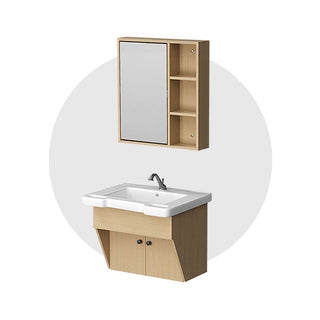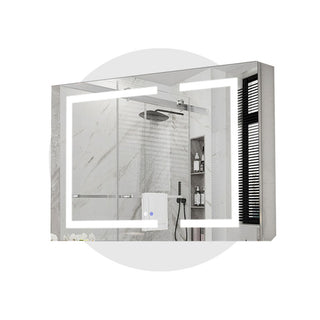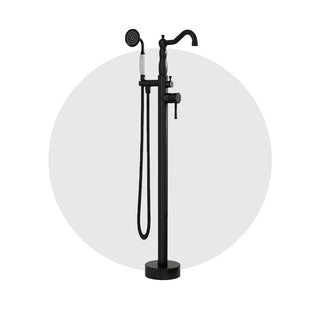As people age, issues such as muscle atrophy, mobility difficulties, and decreased balance become more prominent, making it harder for seniors to use standard toilets. In some cases, they may even risk falling. Choosing a toilet with the right height can reduce strain on the knees and hips, making sitting down and standing up easier. An extra tall toilet can significantly improve comfort and safety in their daily lives.
Section 1: Key Factors for Choosing the Right Toilet Height
When selecting the appropriate toilet height, consider the following crucial factors:
- Ease of Sitting and Standing: This is especially important for elderly who need to transfer from a wheelchair to the toilet. The right height reduces physical strain and minimizes the risk of falls.
- Stable Foot Placement: Users should be able to place their feet firmly on the floor while seated, ensuring stability and a sense of security.
- Comfortable Sitting Position: The seat height should align with the user’s body proportions, allowing the thighs to remain parallel to the floor or slightly inclined downward to prevent discomfort.
Section 2: Common Toilet Heights
Toilet height is typically measured from the floor to the toilet seat. The most common heights include:
- Standard Height (14-16 inches / 35.5-40.6 cm): Suitable for children or shorter individuals but can make standing up difficult for seniors.
- Comfort Height (17-19 inches / 43.2-48.3 cm): Also known as ADA (Americans with Disabilities Act) toilets, these are ideal for most seniors and people with mobility challenges.
- Extra-Tall Toilets (20-21 inches / 50.8-53.3 cm): Designed for those with specific needs, such as taller individuals or those with severe joint issues, making standing up easier.
Section 3: Who Can Benefit from an Extra Tall Toilet?
While ADA-compliant toilets (17-19 inches) meet the needs of many seniors, extra tall toilets (20-21 inches) are a better option for:
- Individuals with knee or hip problems: Reduces the need for deep squatting, easing joint strain.
- People 5’10” (178 cm) or taller: Allows the legs to rest naturally, enhancing comfort.
- Individuals with mobility challenges or wheelchair users: Facilitates smoother transfers from a wheelchair to the toilet, increasing independence.
Section 4: Potential Drawbacks of Extra Tall Toilets and Solutions
Despite their advantages, extra-tall toilets can present some challenges:
1. Feet Dangling: Shorter users may find their feet unable to touch the floor, affecting stability. A footrest, such as a Squatty Potty, can provide the necessary support.
2. Difficulty in Bowel Movements: Studies indicate that a forward-leaning posture of approximately 35° helps optimize the rectal angle, making bowel movements easier.
* Since extra-tall toilets can alter this natural posture, consider the following solutions:
-
- Use a footrest: Elevating the knees mimics a squatting position.
- Lean forward: Adjusting upper body posture improves rectal alignment, reducing strain.
- Install toilet safety rails: These provide added stability, minimizing fall risks during use.
Conclusion
Selecting the right toilet height is crucial for seniors. Extra-tall toilets enhance comfort and safety, especially for those with joint problems, taller individuals, and wheelchair users. If you’re considering purchasing one, we recommend the Simple Project Elemaz 21 Inch Extra Tall Toilet, designed to meet these needs.
For further insights, check out our related blog post: What is an Extra Tall Toilet?


